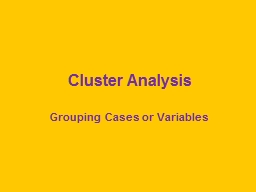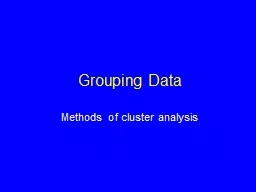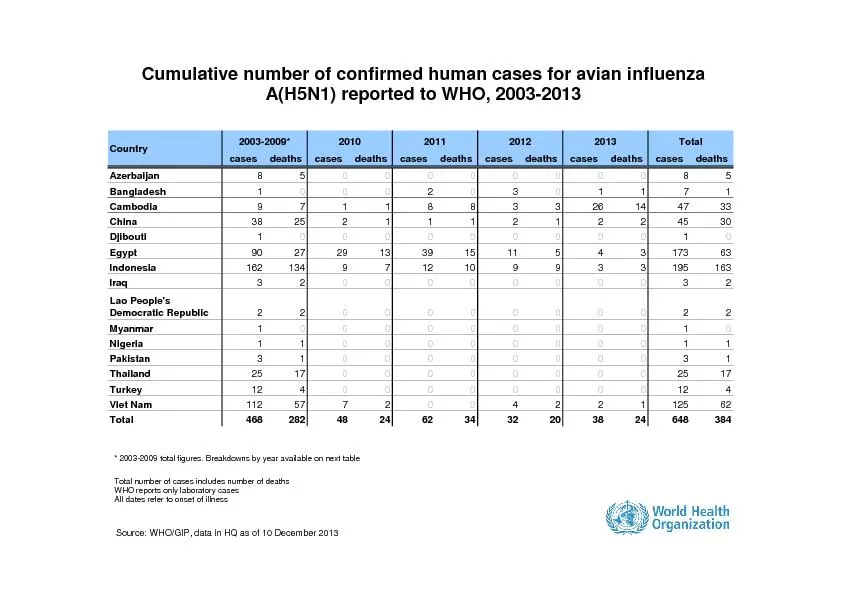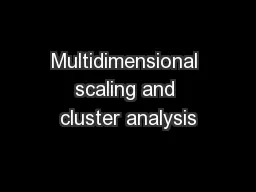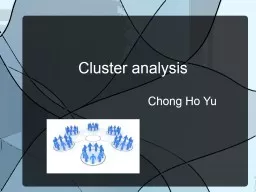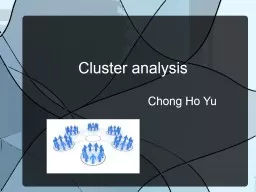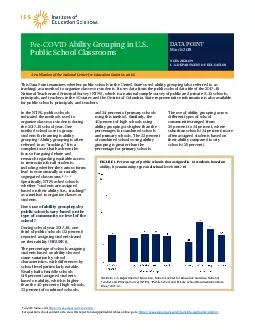PPT-Cluster Analysis Grouping Cases or Variables
Author : emery | Published Date : 2023-09-25
Clustering Cases Goal is to cluster cases into groups based on shared characteristics Start out with each case being a onecase cluster The clusters are located in
Presentation Embed Code
Download Presentation
Download Presentation The PPT/PDF document "Cluster Analysis Grouping Cases or Varia..." is the property of its rightful owner. Permission is granted to download and print the materials on this website for personal, non-commercial use only, and to display it on your personal computer provided you do not modify the materials and that you retain all copyright notices contained in the materials. By downloading content from our website, you accept the terms of this agreement.
Cluster Analysis Grouping Cases or Variables: Transcript
Download Rules Of Document
"Cluster Analysis Grouping Cases or Variables"The content belongs to its owner. You may download and print it for personal use, without modification, and keep all copyright notices. By downloading, you agree to these terms.
Related Documents

